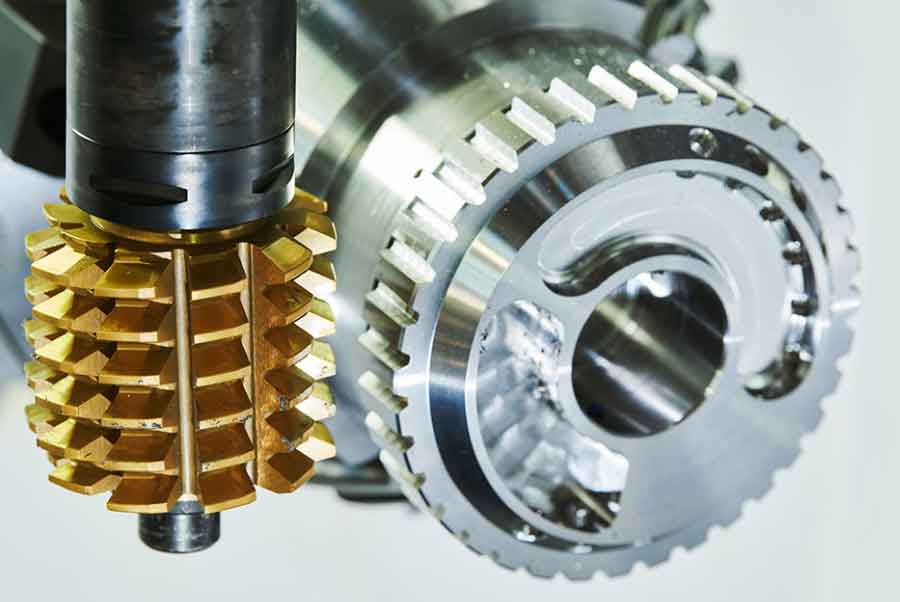
Gear hobbing is a critical process in modern machinery manufacturing that plays a crucial role in transmitting power and motion. It involves the production of gears with accurate tooth profiles, which are essential for smooth and efficient operation in various industries. This article explores how gear hobbing serves as the backbone of modern machinery, enabling the reliable and precise performance of gear systems.
I. Power Transmission:
Gear hobbing is primarily employed in power transmission systems, where gears transfer rotational motion and torque from one component to another. By utilizing gear hobbing techniques, manufacturers can produce gears with precise tooth profiles, ensuring efficient power transmission and minimizing energy losses. These gears are found in applications such as automotive transmissions, industrial machinery, wind turbines, and marine propulsion systems.
II. Gear Reducers and Increasers:
Gear hobbing is instrumental in the production of gear reducers and increasers, which are essential for adjusting speed and torque in machinery. Gear reducers decrease the output speed and increase the torque, while gear increasers do the opposite. The accurate tooth profiles achieved through gear hobbing ensure smooth and reliable operation, allowing machinery to operate at the desired speed and torque levels.
III. Precision Machinery:
Gear hobbing is vital in the production of precision machinery, where high accuracy and reliability are paramount. Examples include machine tools, robotics, aerospace equipment, and medical devices. These applications require gears with precise tooth profiles to ensure precise positioning, smooth motion, and minimal backlash. Gear hobbing enables the production of gears that meet the stringent requirements of precision machinery.
IV. Automotive Industry:
The automotive industry heavily relies on gear hobbing for the production of gears used in transmissions, differentials, and other drivetrain components. Gear hobbing ensures precise gear tooth profiles, enabling smooth gear shifting, efficient power transfer, and enhanced fuel economy. The high-volume production capabilities of gear hobbing make it well-suited for the automotive industry’s mass production requirements.
V. Heavy-Duty Machinery:
Gear hobbing is the backbone of heavy-duty machinery, such as construction equipment, mining machinery, and agricultural machinery. These applications demand robust gears capable of withstanding high loads, shock, and continuous operation in harsh environments. Gear hobbing allows manufacturers to produce gears with the required strength, durability, and tooth profiles to withstand heavy-duty applications.
VI. Efficiency and Reliability:
Gear hobbing plays a crucial role in ensuring the efficiency and reliability of gear systems. Gears produced through gear hobbing techniques exhibit precise tooth engagement, resulting in minimal friction, noise, and wear. The accurate tooth profiles and consistent quality achieved through gear hobbing contribute to the overall efficiency and longevity of machinery.
VII. Customization and Adaptability:
Gear hobbing techniques offer flexibility and adaptability to accommodate various gear configurations and specifications. Manufacturers can produce gears with different tooth profiles, pressure angles, helix angles, and module/pitch sizes to meet specific application requirements. This customization capability allows for the production of tailored gears that suit diverse machinery applications.
Gear hobbing serves as the backbone of modern machinery by enabling the production of gears with accurate tooth profiles and high-performance characteristics. From power transmission systems to precision machinery and heavy-duty applications, gear hobbing ensures efficient power transfer, smooth operation, and reliability. As technology continues to advance, gear hobbing techniques evolve to meet the demands of increasingly sophisticated machinery, making it an indispensable process in the manufacturing industry.
